Home>Technology>Home Entertainment Systems>How To Connect Tablet To Projector Wirelessly
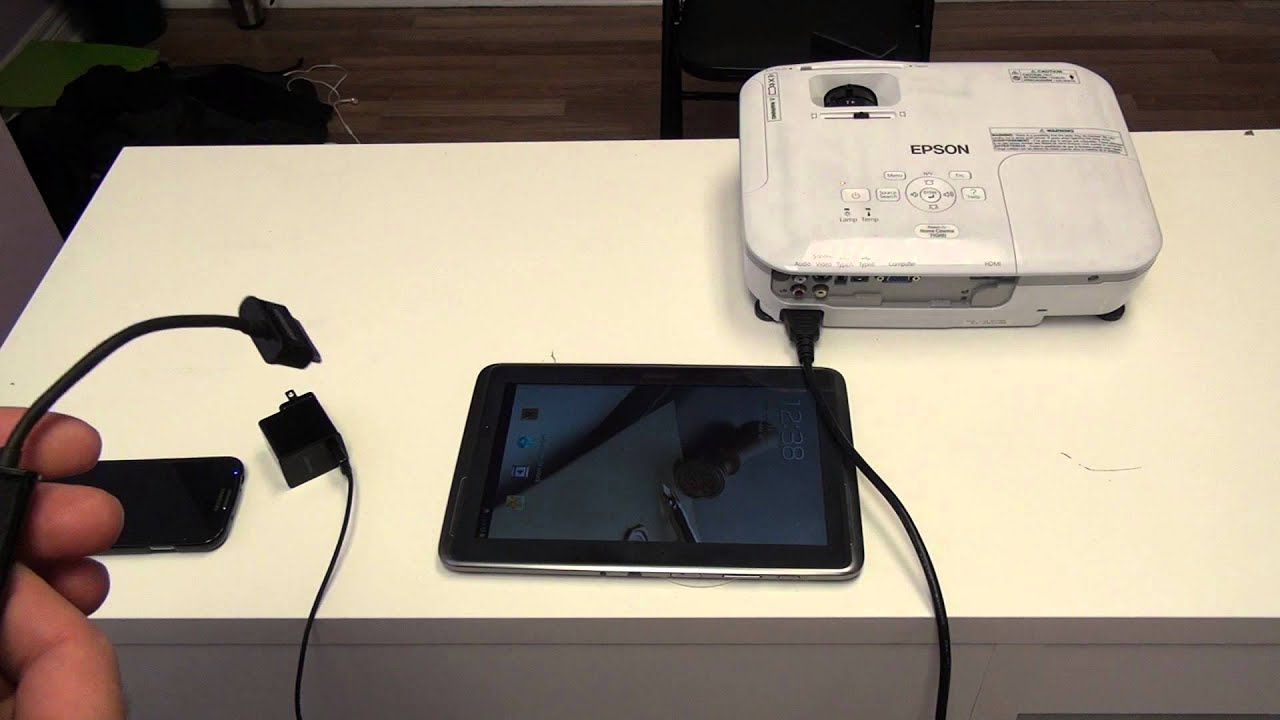

Home Entertainment Systems
How To Connect Tablet To Projector Wirelessly
Modified: April 22, 2024
Learn how to connect your tablet to a projector wirelessly for a seamless home entertainment system. Find step-by-step instructions and tips to enhance your viewing experience.
(Many of the links in this article redirect to a specific reviewed product. Your purchase of these products through affiliate links helps to generate commission for Storables.com, at no extra cost. Learn more)
Introduction
Welcome to the world of wireless projection! In this digital age, the ability to seamlessly connect your tablet to a projector wirelessly opens up a realm of possibilities for entertainment, presentations, and sharing content with ease. Whether you're a tech enthusiast or a professional looking to enhance your presentations, understanding how to connect your tablet to a projector wirelessly can significantly elevate your multimedia experience.
Gone are the days of being tethered by cables and limited by physical connections. With wireless projection, you can effortlessly display your tablet's screen on a larger display, whether it's for watching movies, conducting business presentations, or sharing photos with friends and family. This article will guide you through the process of setting up and connecting your tablet to a projector wirelessly, providing you with the knowledge and confidence to make the most of this convenient and versatile technology.
So, grab your tablet, power up your projector, and get ready to embark on a journey into the seamless world of wireless projection. Let's explore the ins and outs of this innovative technology and learn how to make it work for you. Whether you're a tech novice or a seasoned pro, by the end of this article, you'll be well-equipped to harness the power of wireless projection and elevate your multimedia experiences to new heights.
Key Takeaways:
- Embrace the freedom of wireless projection to effortlessly share your tablet’s screen on a larger display, whether for presentations or movie nights, without the hassle of cables.
- By understanding wireless projection, you can confidently connect your tablet to a projector wirelessly, unlocking new possibilities for sharing content and enhancing your multimedia experiences.
Read more: How To Connect To A Wireless Projector
Understanding Wireless Projection
Wireless projection, also known as screen mirroring or wireless display, enables you to transmit the screen of your tablet to a compatible projector without the need for physical cables. This technology leverages wireless connectivity protocols such as Wi-Fi, Bluetooth, or proprietary wireless standards to establish a seamless connection between your tablet and the projector.
One of the key advantages of wireless projection is its convenience and flexibility. By eliminating the constraints of physical connections, you can enjoy the freedom to move around while sharing content from your tablet. Whether you’re delivering a presentation in a boardroom, hosting a movie night at home, or showcasing photos at a social gathering, wireless projection empowers you to share your tablet’s screen with ease.
Furthermore, wireless projection technology has evolved to support a wide range of devices, including tablets, smartphones, laptops, and even some smart TVs. This compatibility ensures that you can connect your tablet to various display devices, making it a versatile solution for different scenarios.
When it comes to wireless projection, it’s essential to consider the technical requirements and compatibility between your tablet and the projector. While most modern tablets and projectors support wireless connectivity, it’s advisable to verify the specific wireless protocols and standards supported by your devices to ensure a seamless connection.
As technology continues to advance, wireless projection solutions have become more robust, offering enhanced stability, improved latency, and support for high-definition content. These advancements contribute to a more immersive and seamless viewing experience, making wireless projection a compelling choice for both personal and professional use.
By understanding the fundamentals of wireless projection, you can harness the power of this technology to elevate your multimedia experiences. In the next sections, we’ll delve into the practical steps of setting up and connecting your tablet to a projector wirelessly, empowering you to make the most of this innovative and convenient solution.
Setting Up the Projector
Before diving into the process of connecting your tablet to the projector wirelessly, it’s essential to ensure that the projector is properly set up and ready to receive the wireless signal. Here are the key steps to set up the projector for wireless projection:
- Power On the Projector: Start by powering on the projector and allowing it to complete its startup process. Ensure that the projector is in a ready state to receive input signals.
- Connect to Power Source: If the projector requires external power, connect it to a power source using the provided power cable. Verify that the power indicator on the projector confirms that it is receiving power.
- Position the Projector: Place the projector in an optimal position relative to the projection screen or surface. Ensure that the projector is stable and aligned to project the desired image size and aspect ratio.
- Adjust Projection Settings: Access the projector’s settings menu to configure the projection mode, resolution, and any other relevant display settings. Adjust the focus, zoom, and keystone correction as needed to achieve a clear and well-defined image.
- Connect to Wireless Network (if applicable): If the projector supports wireless connectivity via Wi-Fi, Bluetooth, or other wireless protocols, follow the manufacturer’s instructions to connect the projector to your wireless network. This step may vary depending on the specific wireless capabilities of the projector.
- Enable Wireless Projection Mode: If the projector features a dedicated wireless projection mode or screen mirroring function, activate this mode to prepare the projector to receive wireless signals from compatible devices.
By following these steps, you can ensure that the projector is properly set up and primed for wireless projection. Once the projector is ready, you can proceed to connect your tablet and initiate the wireless projection process, allowing you to share your tablet’s screen with the audience or enjoy multimedia content on a larger display.
With the projector in place and prepared for wireless connectivity, the next step is to establish the connection between your tablet and the projector, enabling you to wirelessly transmit your tablet’s screen for a variety of applications and use cases.
You can connect your tablet to a projector wirelessly by using a wireless HDMI adapter or a screen mirroring device like Chromecast or Apple TV. Just plug the adapter into the projector and connect your tablet to it through the device’s settings.
Connecting the Tablet to the Projector
Now that the projector is set up, it’s time to connect your tablet to the projector wirelessly. The process may vary depending on the specific tablet and projector models, as well as the wireless projection technologies supported. Here’s a general guide to connecting your tablet to the projector wirelessly:
- Verify Tablet Compatibility: Ensure that your tablet supports wireless projection or screen mirroring. Most modern tablets running Android, iOS, or Windows operating systems offer built-in support for wireless display technologies. Additionally, some tablets may require the installation of specific apps or software to enable wireless projection.
- Enable Wireless Display on the Tablet: Access the settings menu on your tablet and look for the option to enable wireless display, screen mirroring, or wireless projection. This setting may be located in the “Display” or “Connected Devices” section of the settings menu, depending on the tablet’s operating system.
- Search for Available Projectors: Once wireless display is enabled on your tablet, initiate a search for available wireless display devices, which may include compatible projectors. Your tablet should scan for nearby wireless display devices and present a list of available options for you to select.
- Select the Projector: From the list of available wireless display devices, choose the projector you wish to connect to. If prompted, confirm the connection on the projector to establish the wireless link between your tablet and the projector.
- Initiate Screen Mirroring: After the connection is established, your tablet’s screen should begin mirroring on the projector’s display. You may see a replicated view of your tablet’s screen, allowing you to share content, navigate apps, and present multimedia with the audience.
- Adjust Display Settings (if necessary): Depending on the tablet and projector settings, you may have the option to adjust the display orientation, resolution, and other visual settings to optimize the wireless projection experience.
Once the wireless connection is established, you can seamlessly share your tablet’s screen with the projector, opening up a world of possibilities for presentations, entertainment, and collaborative work. Whether you’re showcasing a slideshow, streaming video content, or collaborating on documents, wireless projection empowers you to amplify your tablet’s capabilities on a larger display.
By following these steps and leveraging the wireless projection capabilities of your tablet and projector, you can unlock a new level of flexibility and convenience in sharing and presenting content wirelessly. As you explore the seamless integration between your tablet and the projector, you’ll discover the versatility and potential of wireless projection for a wide range of personal and professional applications.
Troubleshooting
While wireless projection offers a convenient and versatile way to connect your tablet to a projector, you may encounter occasional challenges or technical issues during the setup and usage. Here are some common troubleshooting steps to address potential issues when connecting your tablet to the projector wirelessly:
- Check Wireless Connectivity: Ensure that both your tablet and the projector are connected to the same wireless network, especially if the wireless projection relies on Wi-Fi connectivity. Inconsistent or weak wireless signals can impact the stability of the wireless connection.
- Verify Device Compatibility: Confirm that your tablet and the projector are compatible with the wireless projection technology being used. Some older devices or models may have limitations when it comes to wireless display compatibility.
- Restart Devices: If you encounter connectivity issues, try restarting both your tablet and the projector. Power cycling the devices can resolve temporary glitches and re-establish a stable wireless connection.
- Update Software and Firmware: Check for software updates on your tablet and projector to ensure that you have the latest firmware and drivers installed. Manufacturers often release updates to improve wireless connectivity and address compatibility issues.
- Adjust Wireless Settings: Access the wireless settings on both the tablet and the projector to ensure that the wireless display features are enabled and configured correctly. You may need to adjust settings related to wireless projection, screen mirroring, or wireless display modes.
- Optimize Wireless Signal: Position the tablet and the projector within a reasonable range of the wireless router to optimize the wireless signal strength. Minimize obstructions and interference that could disrupt the wireless connection.
- Explore Alternative Connection Methods: If wireless projection continues to pose challenges, consider alternative connection methods, such as using a physical HDMI or USB-C cable to establish a direct connection between the tablet and the projector.
By troubleshooting potential issues and exploring these practical solutions, you can overcome common obstacles that may arise when connecting your tablet to the projector wirelessly. Remember that wireless technology can be influenced by various environmental factors and device-specific configurations, so patience and persistence are key when troubleshooting wireless projection issues.
As you navigate the process of troubleshooting, don’t hesitate to consult the user manuals, support resources, or online communities specific to your tablet and projector models. Seeking assistance from knowledgeable sources can provide valuable insights and guidance for resolving technical challenges related to wireless projection.
By addressing potential issues with a systematic approach and leveraging the available resources, you can optimize the wireless connection between your tablet and the projector, ensuring a seamless and reliable wireless projection experience for your presentations, entertainment, and collaborative endeavors.
Conclusion
As we conclude our exploration of connecting a tablet to a projector wirelessly, it’s evident that wireless projection technology has revolutionized the way we share content, deliver presentations, and enjoy multimedia experiences. The seamless integration between tablets and projectors through wireless connectivity offers a myriad of benefits, empowering users to amplify their digital content on larger displays with convenience and flexibility.
By understanding the fundamentals of wireless projection and following the practical steps outlined in this guide, you have gained valuable insights into the process of setting up and connecting your tablet to a projector wirelessly. From enabling wireless display on your tablet to troubleshooting potential issues, you are now equipped to harness the power of wireless projection for a variety of personal and professional applications.
Wireless projection not only eliminates the constraints of physical cables but also enhances mobility, collaboration, and the overall viewing experience. Whether you’re sharing captivating visuals in a conference room, streaming your favorite movies at home, or collaborating on creative projects, the ability to wirelessly connect your tablet to a projector opens up new possibilities for engaging with digital content.
As technology continues to evolve, wireless projection solutions are expected to further enhance stability, performance, and compatibility, offering an even more seamless and immersive experience for users. With advancements in wireless connectivity protocols and display technologies, the future of wireless projection holds promise for continued innovation and expanded capabilities.
Whether you’re a tech enthusiast, a professional presenter, or an avid consumer of multimedia content, the knowledge and skills acquired in this guide empower you to make the most of wireless projection, transforming the way you interact with digital content on a larger scale.
As you embark on your wireless projection journey, remember that experimentation and adaptation are key to fully leveraging the potential of this technology. Embrace the freedom and versatility of wireless projection, and explore the myriad of ways it can enrich your multimedia experiences and presentations.
With the ability to seamlessly connect your tablet to a projector wirelessly, you are poised to unlock a world of creativity, collaboration, and entertainment, all amplified on the expansive canvas of a projector screen. Embrace the possibilities, and let wireless projection elevate your digital interactions to new heights.
Frequently Asked Questions about How To Connect Tablet To Projector Wirelessly
Was this page helpful?
At Storables.com, we guarantee accurate and reliable information. Our content, validated by Expert Board Contributors, is crafted following stringent Editorial Policies. We're committed to providing you with well-researched, expert-backed insights for all your informational needs.
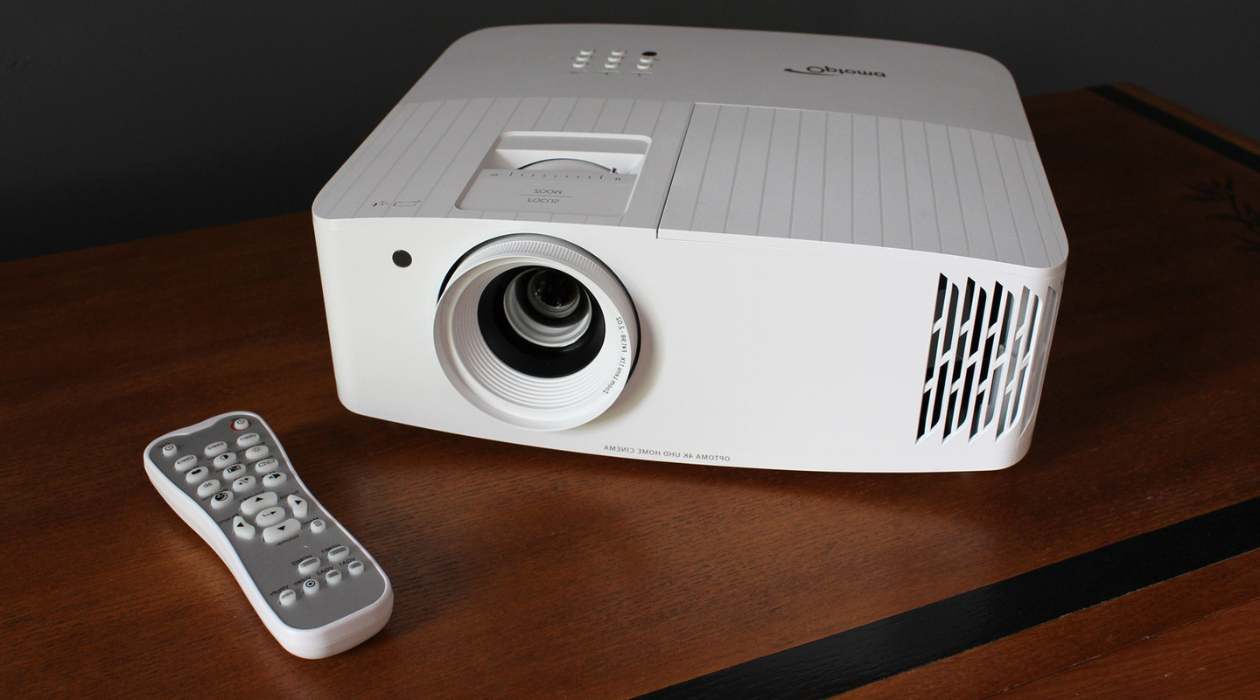
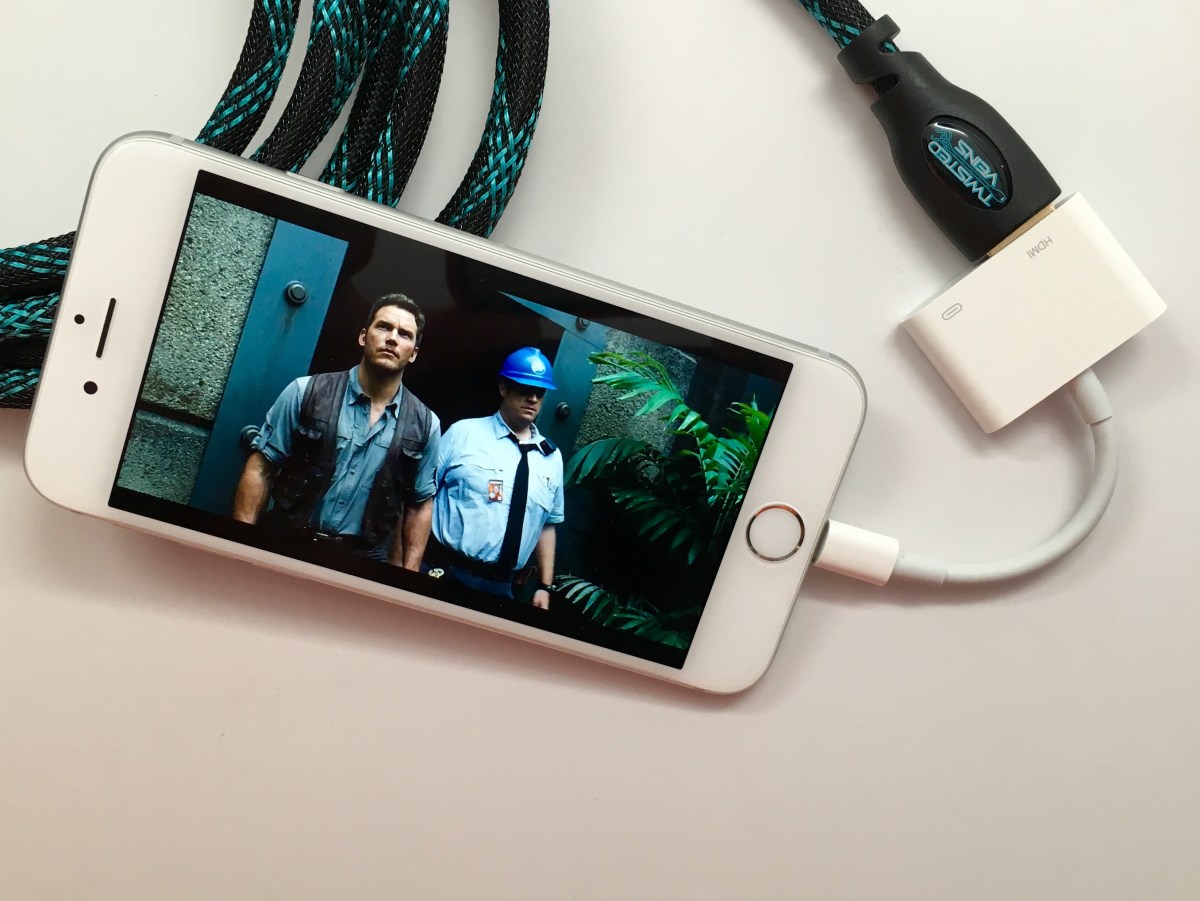
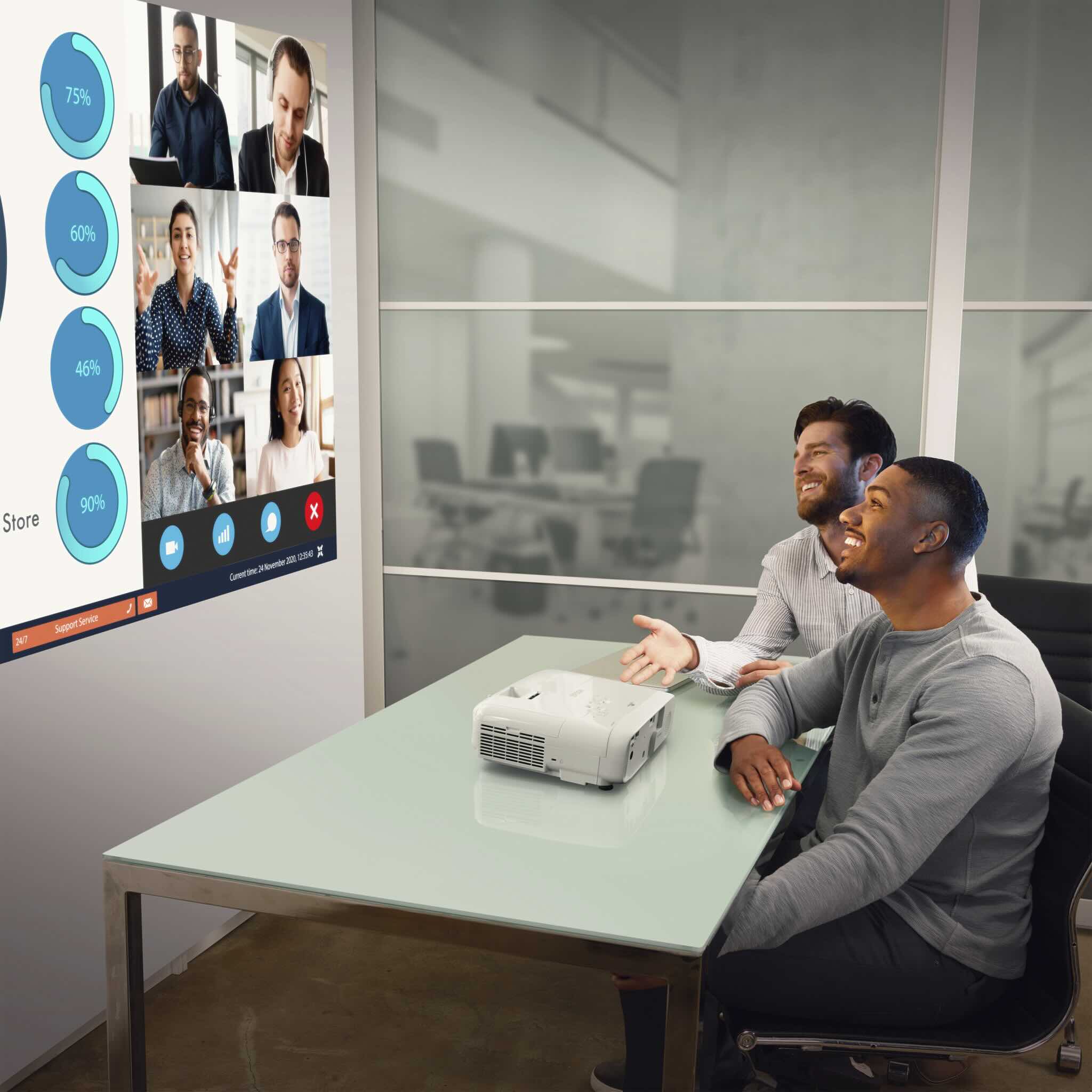
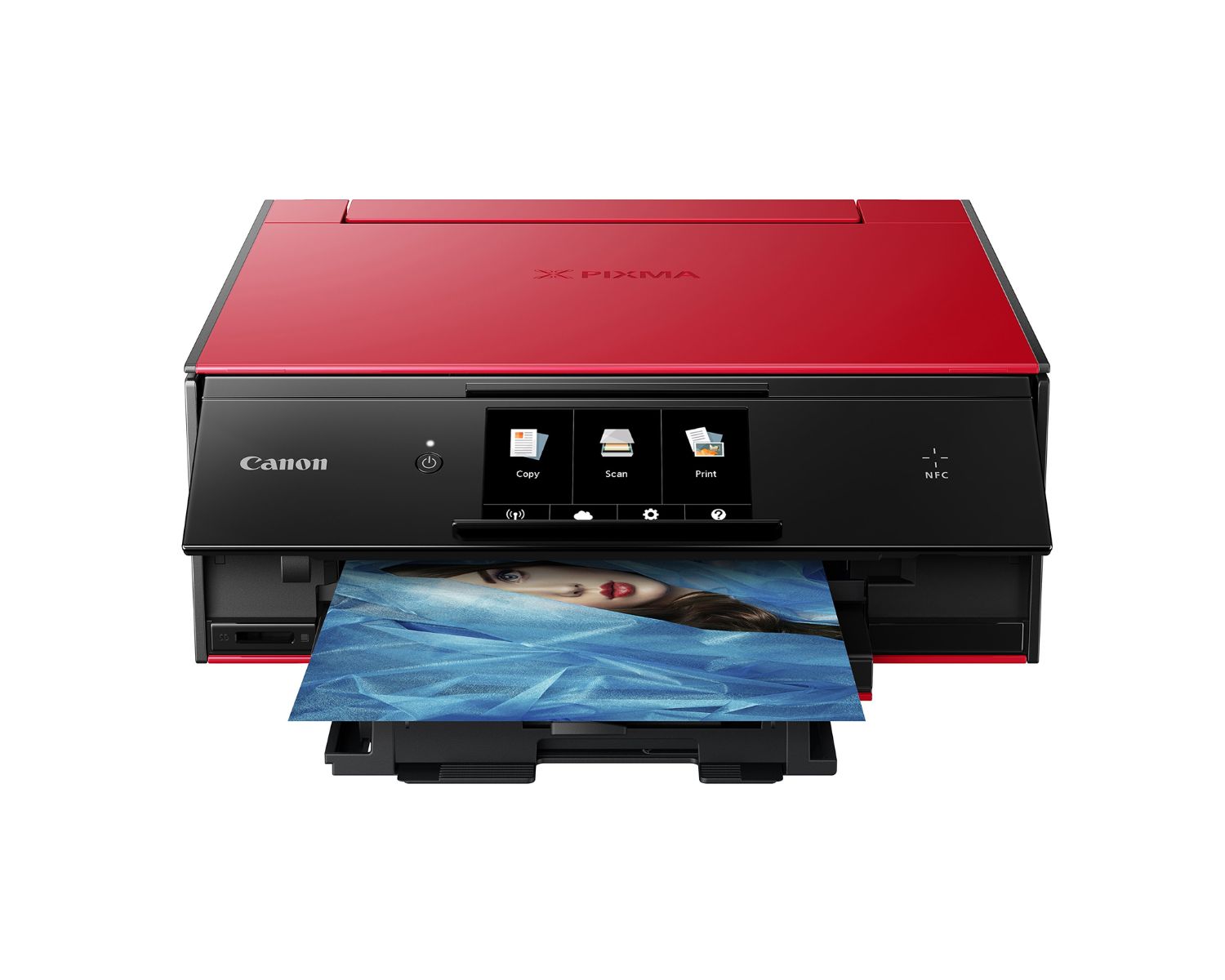
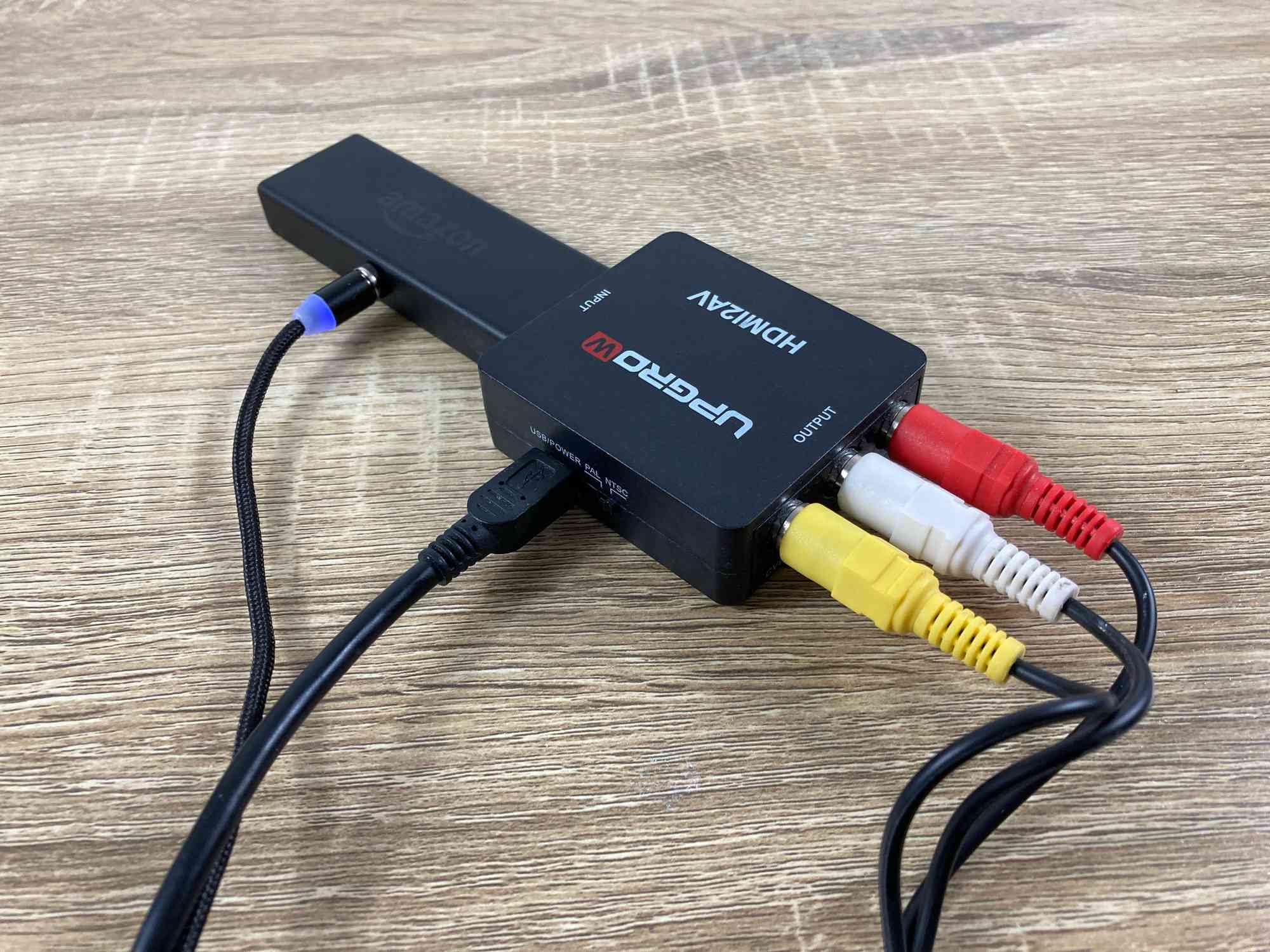
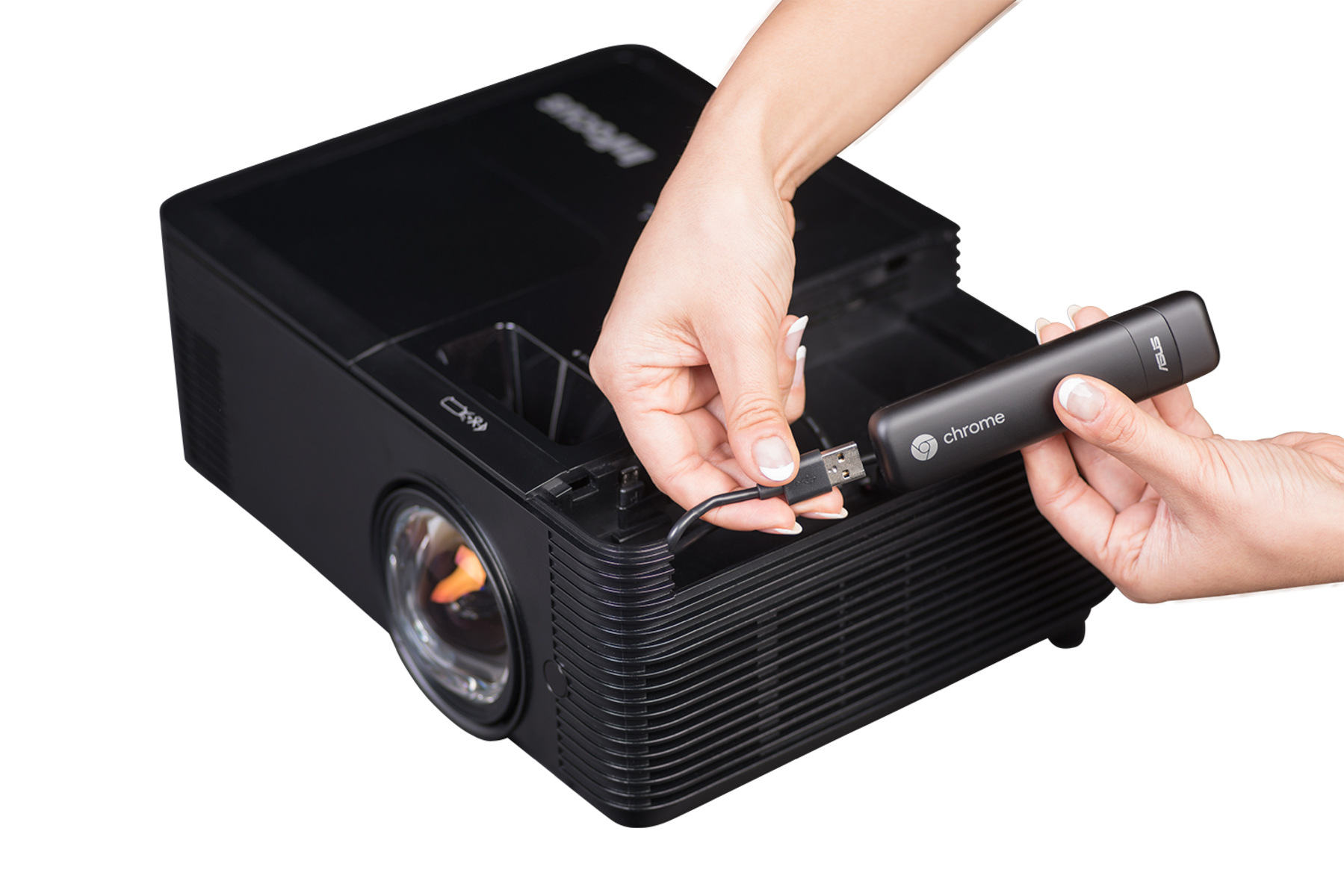
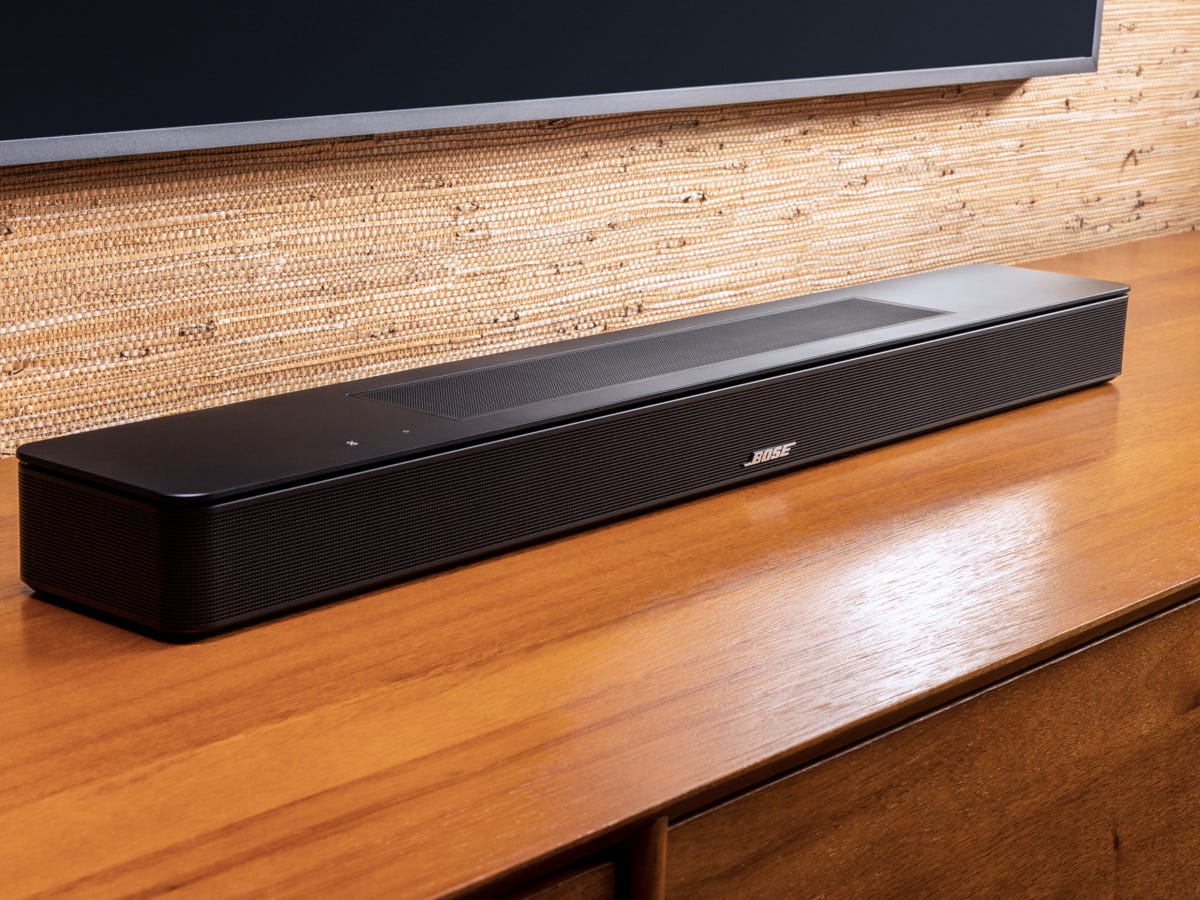
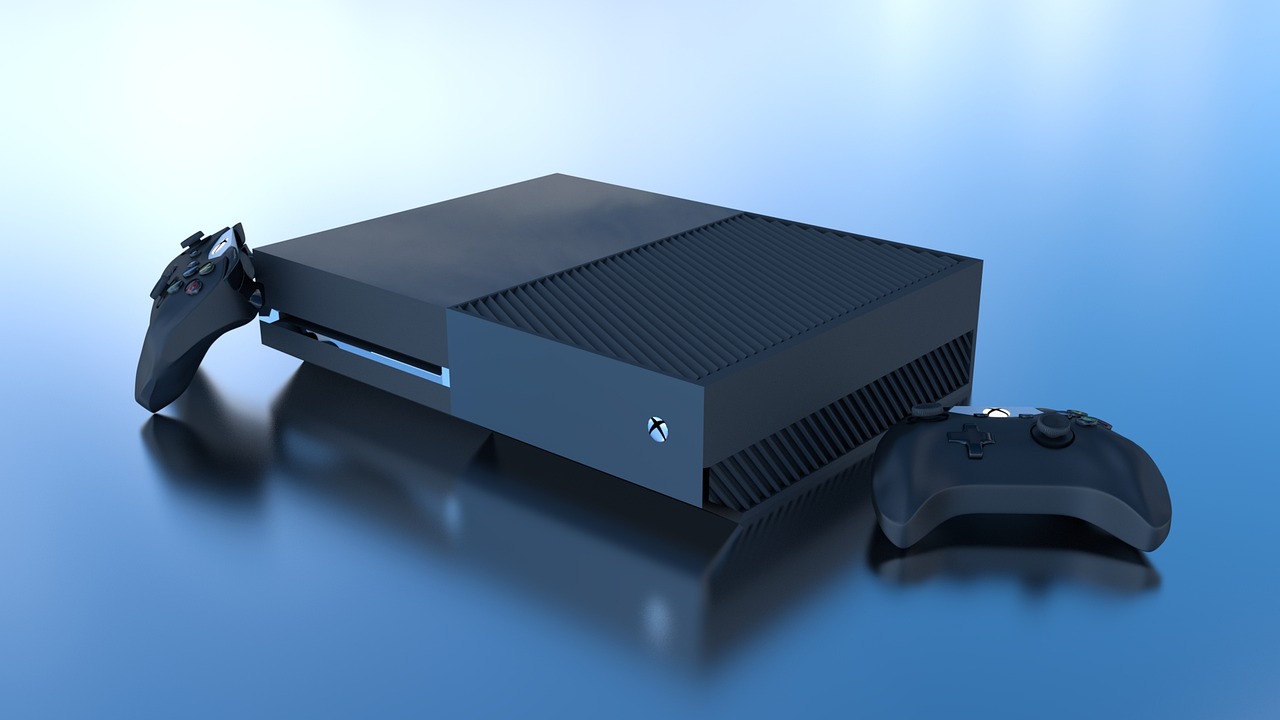
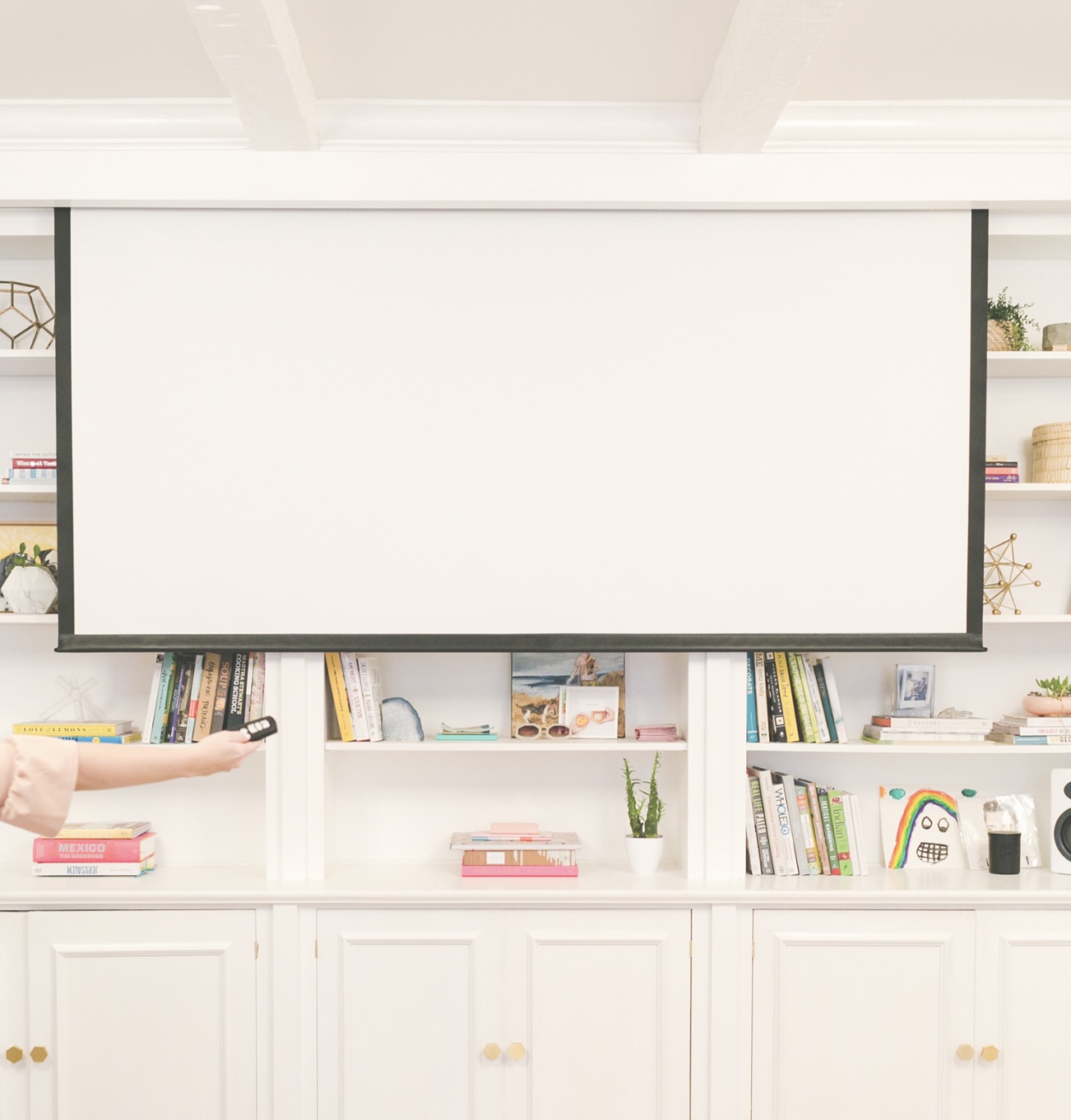
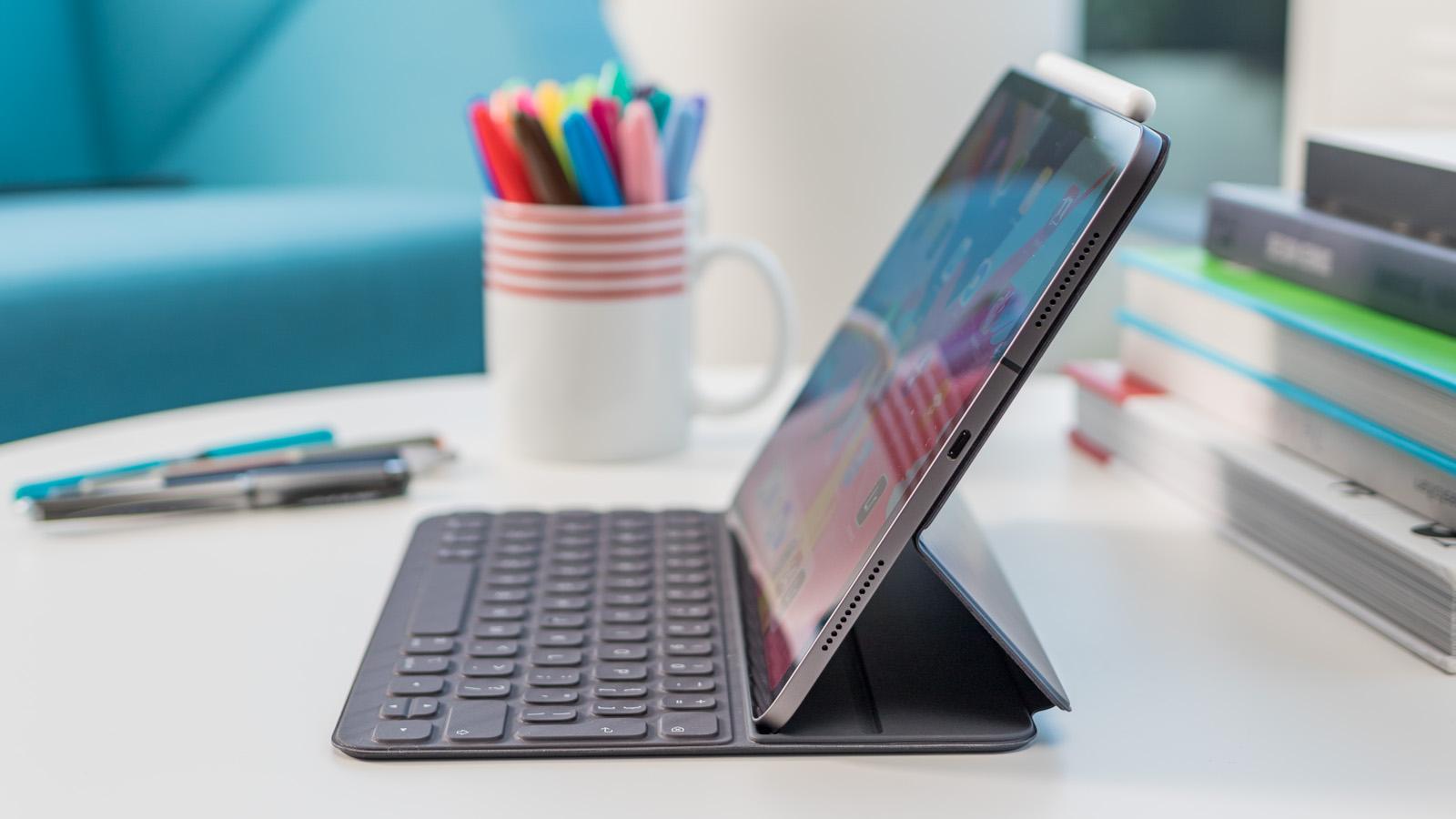
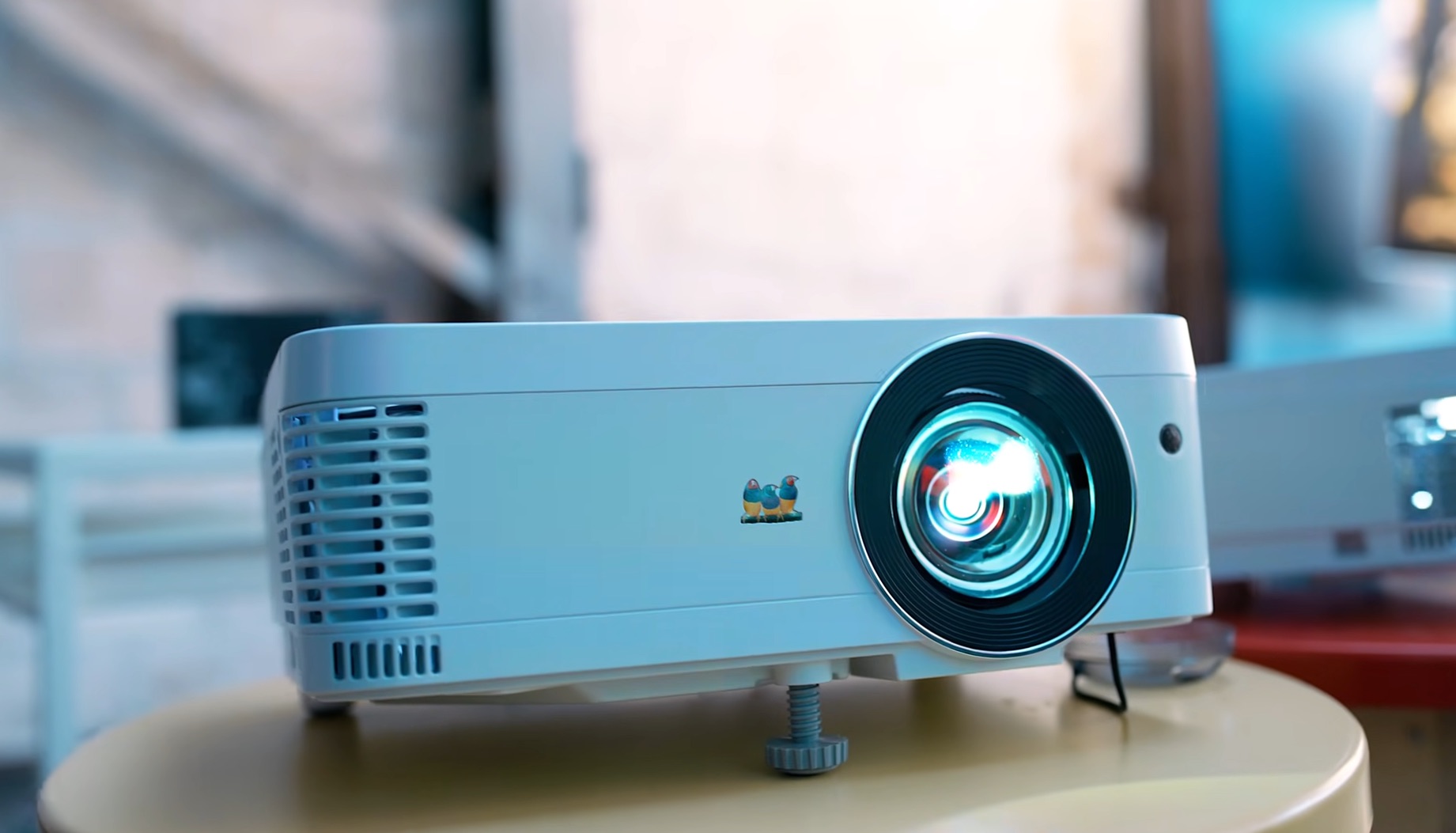
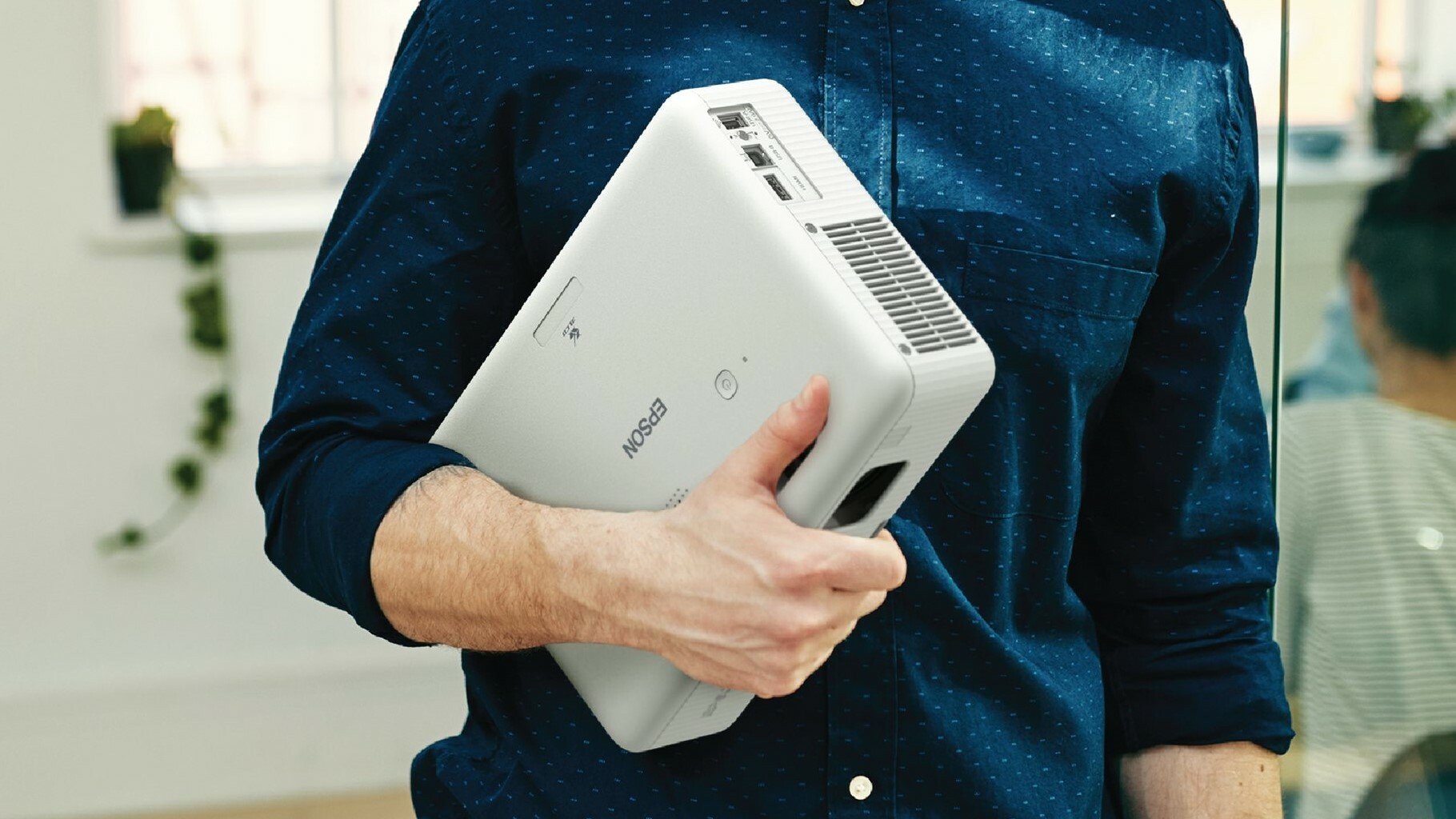
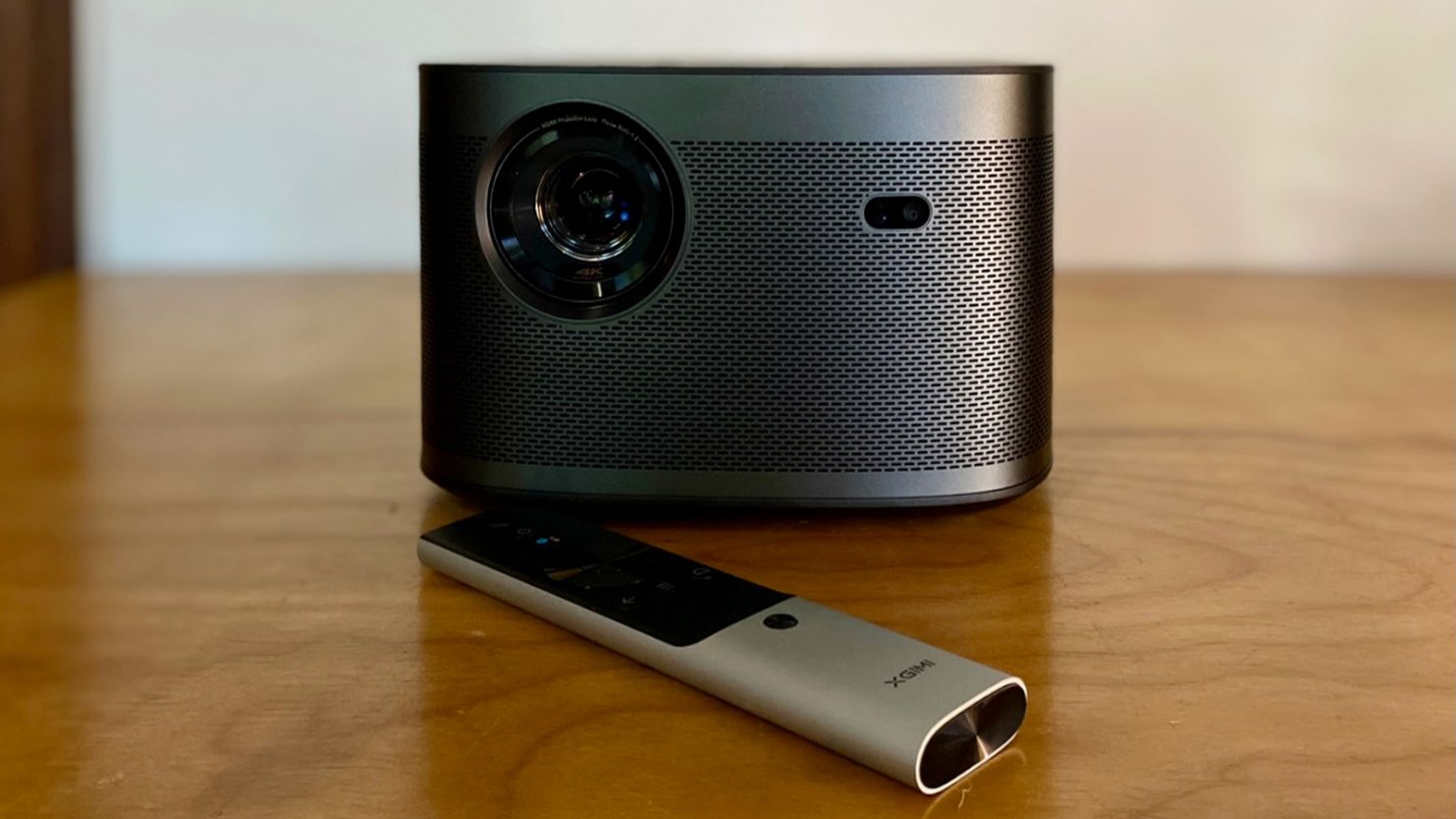
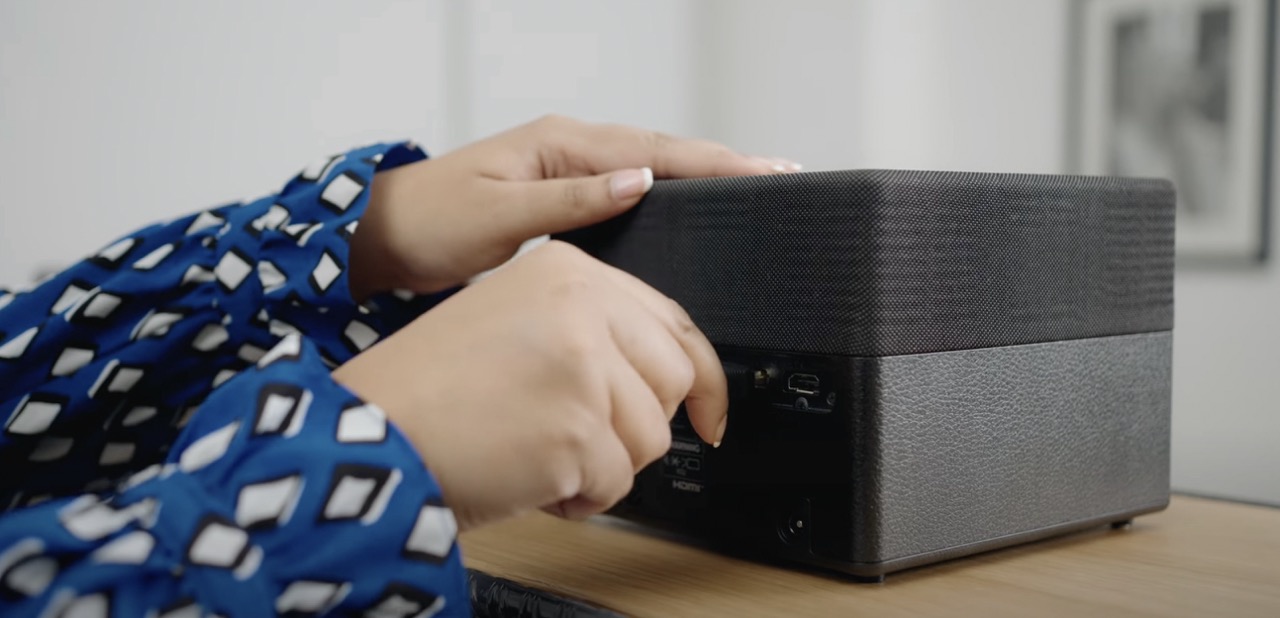

0 thoughts on “How To Connect Tablet To Projector Wirelessly”